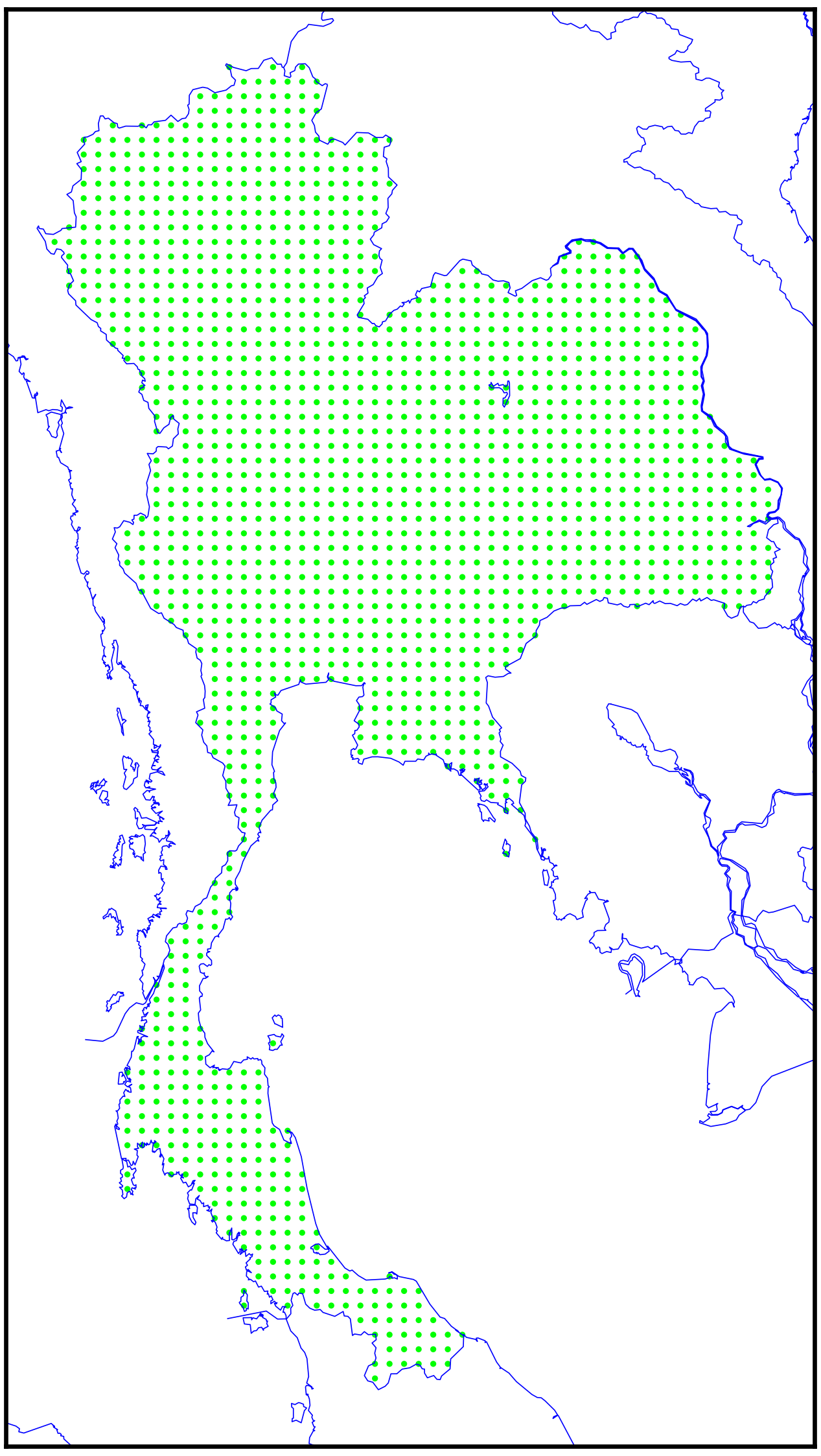Go Tmd
What are the temporomandibular joints (TMJ)?
The pain of a temporomandibular joint (TMJ) problem can be frustrating and confusing. Not only can it cause an array of confusing symptoms, but it may seem to come and go mysteriously and without obvious cause. Most of the time, there’s a reason your TMJ pain is getting better or worse – it’s just difficult to determine why.
The temporomandibular joints (TMJ) are the 2 joints that connect your lower jaw to your skull. More specifically, they are the joints that slide and rotate in front of each ear, and consist of the mandible (the lower jaw) and the temporal bone (the side and base of the skull). The TMJs are among the most complex joints in the body. These joints, along with several muscles, allow the mandible to move up and down, side to side, and forward and back. When the mandible and the joints are properly aligned, smooth muscle actions, such as chewing, talking, yawning, and swallowing, can take place. When these structures (muscles, ligaments, disk, jaw bone, temporal bone) are not aligned, nor synchronized in movement, several problems may occur.
What is temporomandibular disorder (TMD)?
Temporomandibular disorders (TMD) are disorders of the jaw muscles, temporomandibular joints, and the nerves associated with chronic facial pain. Any problem that prevents the complex system of muscles, bones, and joints from working together in harmony may result in temporomandibular disorder.
The National Institute of Dental and Craniofacial Research classifies TMD by the following:
Myofascial pain. This is the most common form of TMD. It results in discomfort or pain in the fascia (connective tissue covering the muscles) and muscles that control jaw, neck and shoulder function.
Internal derangement of the joint. This means a dislocated jaw or displaced disk, (cushion of cartilage between the head of the jaw bone and the skull), or injury to the condyle (the rounded end of the jaw bone that articulates with the temporal skull bone).
Degenerative joint disease. This includes osteoarthritis or rheumatoid arthritis in the jaw joint.
- Texans Serving Texas About TMD Texas Military Department The Texas Military Department is composed of the three branches of the military in the state of Texas. These branches are the Texas Army National Guard, the Texas Air National Guard, and the Texas State Guard.
- Eighty percent of the time, these problems go away by themselves,” one restorative dentist chimed in. Notice here the bone deposition at the mandibular gonial angles, a sign of years of masseter muscle strain. And if you enter Self-limiting aspect of TMD on your web browser, you will indeed find many articles that say TMD is self.
- Do TMD Disinfecting Wipes kill COVID-19? YES, Our wipes have gone through independent, third-party testing to show that our product is effective at neutralizing COVID-19 as well other viruses like H1N1 within 3 minutes.
Http://tmd.go.th
You can have one or more of these conditions at the same time.

What causes TMD?
Go Tmd
In many cases, the actual cause of this disorder may not be clear. Sometimes the main cause is excessive strain on the jaw joints and the muscle group that controls chewing, swallowing, and speech. This strain may be a result of bruxism. This is the habitual, involuntary clenching or grinding of the teeth. But trauma to the jaw, the head, or the neck may cause TMD. Arthritis and displacement of the jaw joint disks can also cause TMD pain. In other cases, another painful medical condition such as fibromyalgia or irritable bowel syndrome may overlap with or worsen the pain of TMD. A recent study by the National Institute of Dental and Craniofacial Research identified clinical, psychological, sensory, genetic, and nervous system factors that may put a person at higher risk of developing chronic TMD.
What are the signs and symptoms of TMD?
The following are the most common signs and symptoms of TMD:
Jaw discomfort or soreness (often most prevalent in the morning or late afternoon)
Headaches
Pain spreading behind the eyes, in the face, shoulder, neck, and/or back
Earaches or ringing in the ears (not caused by an infection of the inner ear canal)
Clicking or popping of the jaw
Locking of the jaw
Limited mouth motions
Clenching or grinding of the teeth
Dizziness
Sensitivity of the teeth without the presence of an oral health disease
Numbness or tingling sensation in the fingers
A change in the way the upper and lower teeth fit together
The symptoms of TMD may look like other conditions or medical problems. See a dentist or your doctor for a diagnosis.

What are the treatments for TMD?
Your healthcare provider will figure out the best treatment based on:
How old you are
Your overall health and medical history
How well you can handle specific medicines, procedures, or therapies
How long the condition is expected to last
Your opinion or preference
Treatment may include:
Go Mdot Mississippi
Resting the temporomandibular joint (TMJ)
Medicine or pain relievers
Relaxation techniques and stress management
Behavior changes (to reduce or stop teeth clenching)
Physical therapy
An orthopedic appliance or mouthguard worn in the mouth (to reduce teeth grinding)
Posture training
Diet changes (to rest the jaw muscles)
Ice and hot packs
Surgery